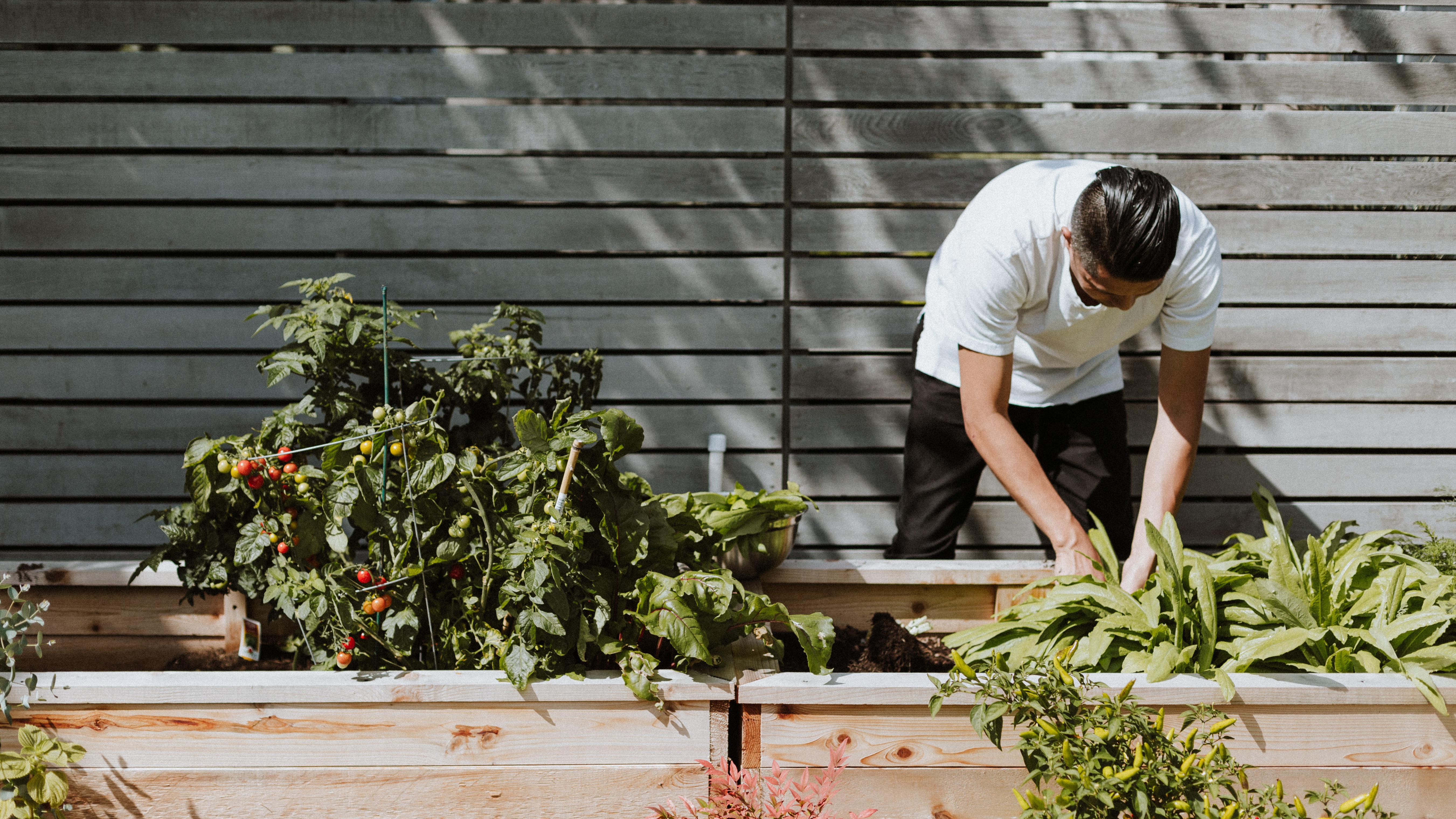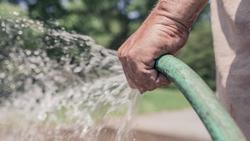What Does an Edible Garden Need?
Growing a successful edible garden takes planning, correct timing, and a little know-how. But once you have it down it is such a pleasure to eat homegrown produce fresh from the garden. Here's what you need to get started.

Plenty of sun
Choose a site with a minimum of six hours of full sun -- eight to ten hours is even better. Southern exposure is ideal. Most edible plants prefer full sun; however, root and leafy crops can tolerate light shade.
Climate that's a good fit for what you're growing
• Know your climate zone
• Assess your microclimate
• Be aware of frost dates
Most edibles prefer to be grown during frost-free periods, which vary within Marin’s many microclimates. For a rule of thumb, begin watching for frost around Thanksgiving and consider planting frost sensitive edibles after St. Patrick’s Day. (These dates are derived from 30 years of historical data from the National Oceanic Atmospheric Administration). Many cool season crops may be planted before the end of winter frost, including beets, broccoli, cabbage, carrots, chard and kale. Check seed packets for instructions.
Rich soil

A layer of mulch
Use mulch to protect against moisture loss, suppress weeds, and keep plant roots cool in hot weather. Learn more.
Easy access to water

Ample air flow but not too windy
Choose a site that has air movement but not high winds.
Level topography
A level garden is the easiest to prepare, plant, irrigate, maintain and harvest. On slopes, consider constructing level terraces or raised beds so that water does not pool or run off. Many edibles can be grown successfully in containers.
Adequate drainage
Avoid low areas where water may pool or where ground water stands. Poorly drained soils may create anaerobic soil conditions with inadequate air (evidence: stinky soil). Look for moving surface water and correct if possible (evidence: erosion, exposed tree roots, channels in soil). Redirect drainage as necessary.
Easy access
A conveniently located edible garden encourages frequent visits for care and enjoyment.
A well thought out location
Mitigate any potential problems before you plant. Raised beds solve many problems.
• Identify limitations above ground: wires, structures, street lamps, trees and structures that cast shade, eaves, setbacks, and easements.
• Identify limitations below ground: utilities, plumbing, roots, bedrock, groundwater, etc.
Crops growing at the correct time
A planting calendar is a vegetable gardener's best friend.
Safe food growing and handling
Use best practices to ensure your crops are as safe as they are delicious.
Grow & Care Sheets for Vegetables, Herbs & Fruits
The Home Orchard: Growing Fruit Trees
Cover Crops & Soil Enhancements in the Off-season
•••••••••
Visit our EDIBLE DEMO GARDEN at IVC Organic Farm & Garden
